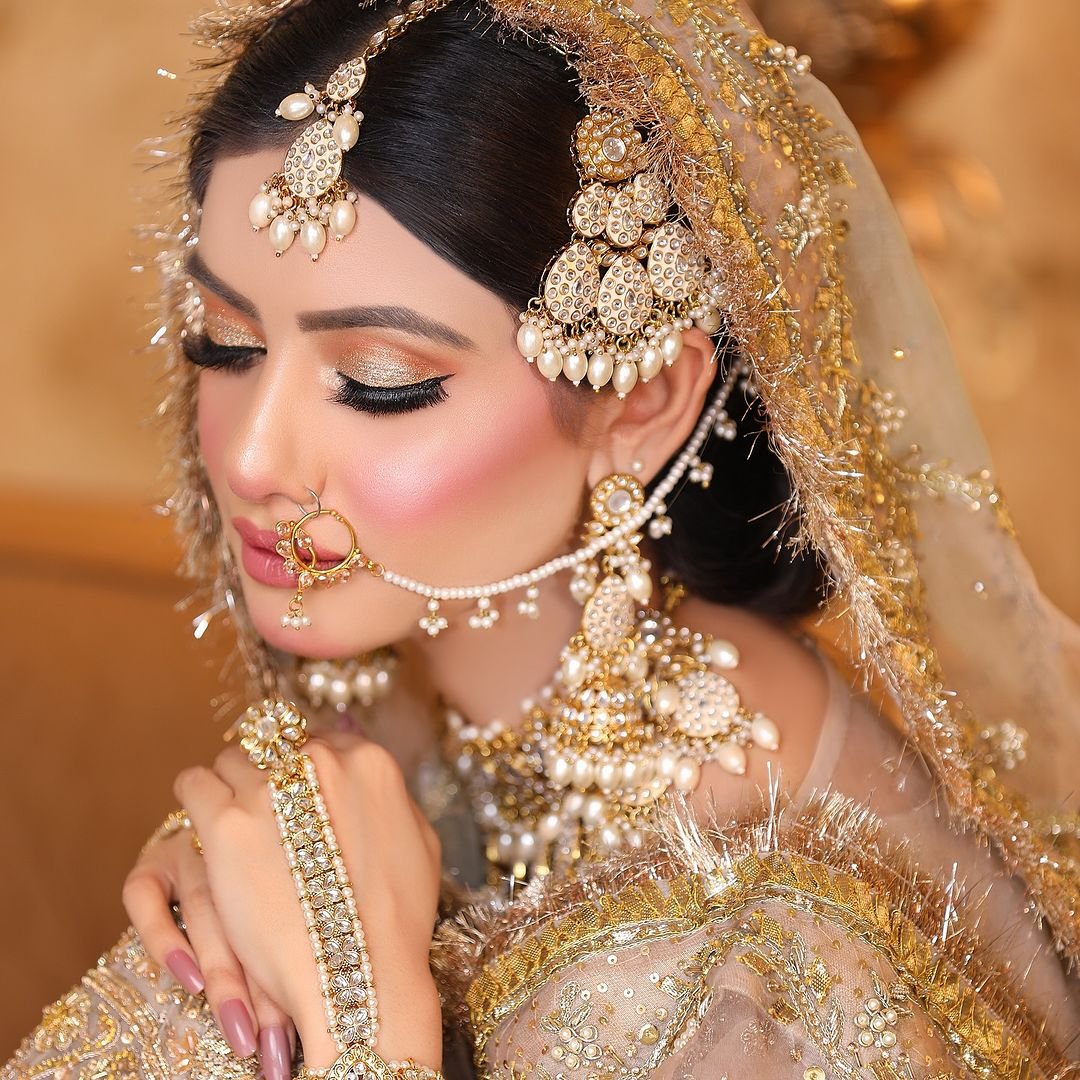How fashion started ?

The Origins: Clothes as Defense
Fashion has its roots in prehistoric periods, when early people employed plant fibers, fur, and animal hides to shield themselves from inclement weather. These early clothes were made for practicality rather than fashion. But even in prehistoric societies, individuals started experimenting with accessories, patterns, and dyes, which helped establish the idea of fashion.
The Origins: Clothes as Defense
Fashion has its roots in prehistoric periods, when early people employed plant fibers, fur, and animal hides to shield themselves from inclement weather. These early clothes were made for practicality rather than fashion. But even in prehistoric societies, individuals started experimenting with accessories, patterns, and dyes, which helped establish the idea of fashion.
Ancient Civilizations and the Development of Fashion
Clothing evolved became a representation of identity, wealth, and social standing as civilizations advanced. For instance, because of the hot heat, the ancient Egyptians used linen clothing. Pharaohs and other elites wore ornately embroidered robes and jewels, reflecting the strong impact of social status on their attire. Similar to this, the Sumerians in Mesopotamia made draped clothing out of wool that was frequently embellished with elaborate embroidery.
With the introduction of tailored apparel and various styles according to gender and class, the Greeks and Romans significantly enhanced fashion. In Rome, togas and tunics gained popularity as symbols of social status. In the meantime, silk gained popularity in China and gave rise to the renowned Silk Road, which was essential to the cross-cultural interchange of fashion concepts.
Fashion Symbolism in the Middle Ages
The feudal system had a significant influence on medieval fashion. While peasants wore basic woolen clothing, the nobles donned opulent materials like velvet, silk, and brocade. Many areas implemented sumptuary rules to control what members of various social groups may wear. Fashion served as a means of upholding societal order in addition to individual taste.
Modern Fashion’s Origins in the Renaissance
Fashion history underwent a sea change during the Renaissance (14th–17th century). Clothing got more intricate and structured as a result of the creative explosion that occurred in Europe. The advent of embroidery, ruffled collars, and lace denoted elegance and affluence. As tailoring skills advanced, tailored clothing that accentuated the human figure emerged.
Particularly among the European aristocracy, fashion started to shift more frequently throughout this period. By enabling people to see what the aristocrats and royals were wearing, the printing press also contributed to the dissemination of fashion trends.
Mass Production and the Industrial Revolution
The manufacture of textiles advanced significantly in the 18th and 19th centuries. The general public could now afford and obtain garments thanks to the mid-19th century introduction of the sewing machine. Trends spread quickly as department stores and fashion publications gained popularity. The modern fashion industry began with the emergence of the concept of seasonal fashion.
The 20th Century and Later
Rapid development, technical breakthroughs, and cultural influences have shaped fashion in the 20th and 21st centuries. Fashion was transformed into a means of self-expression with the rise of designers like Yves Saint Laurent, Christian Dior, and Coco Chanel. Social media, digital technology, and sustainability all play significant roles in the ongoing evolution of fashion today.
In conclusion
Fashion has always reflected society, from its modest origins as a survival necessity to its current status as a billion-dollar worldwide industry. Fashion is more than simply clothes; it is history, art, and identity, as seen by its ongoing adaptation to changing cultural norms, technological breakthroughs, and personal ingenuity.





